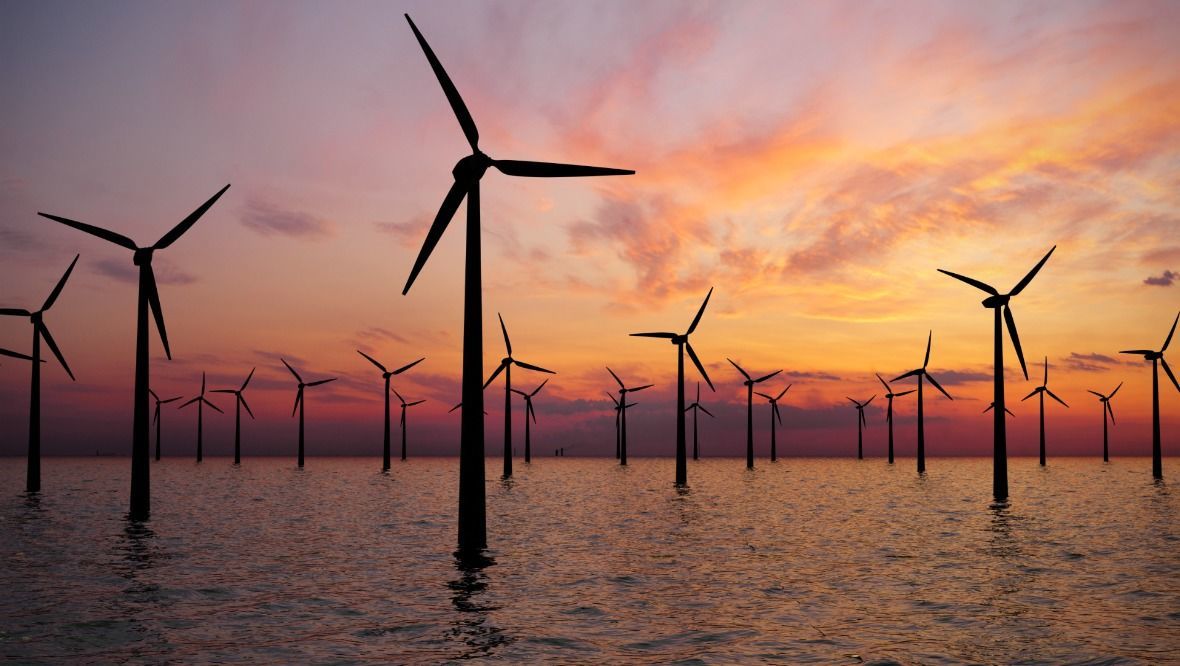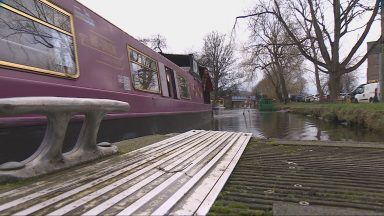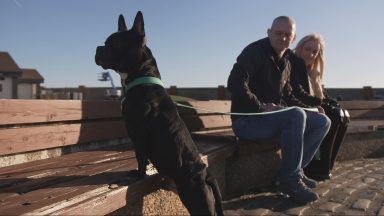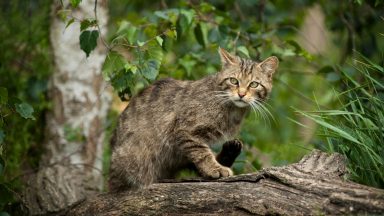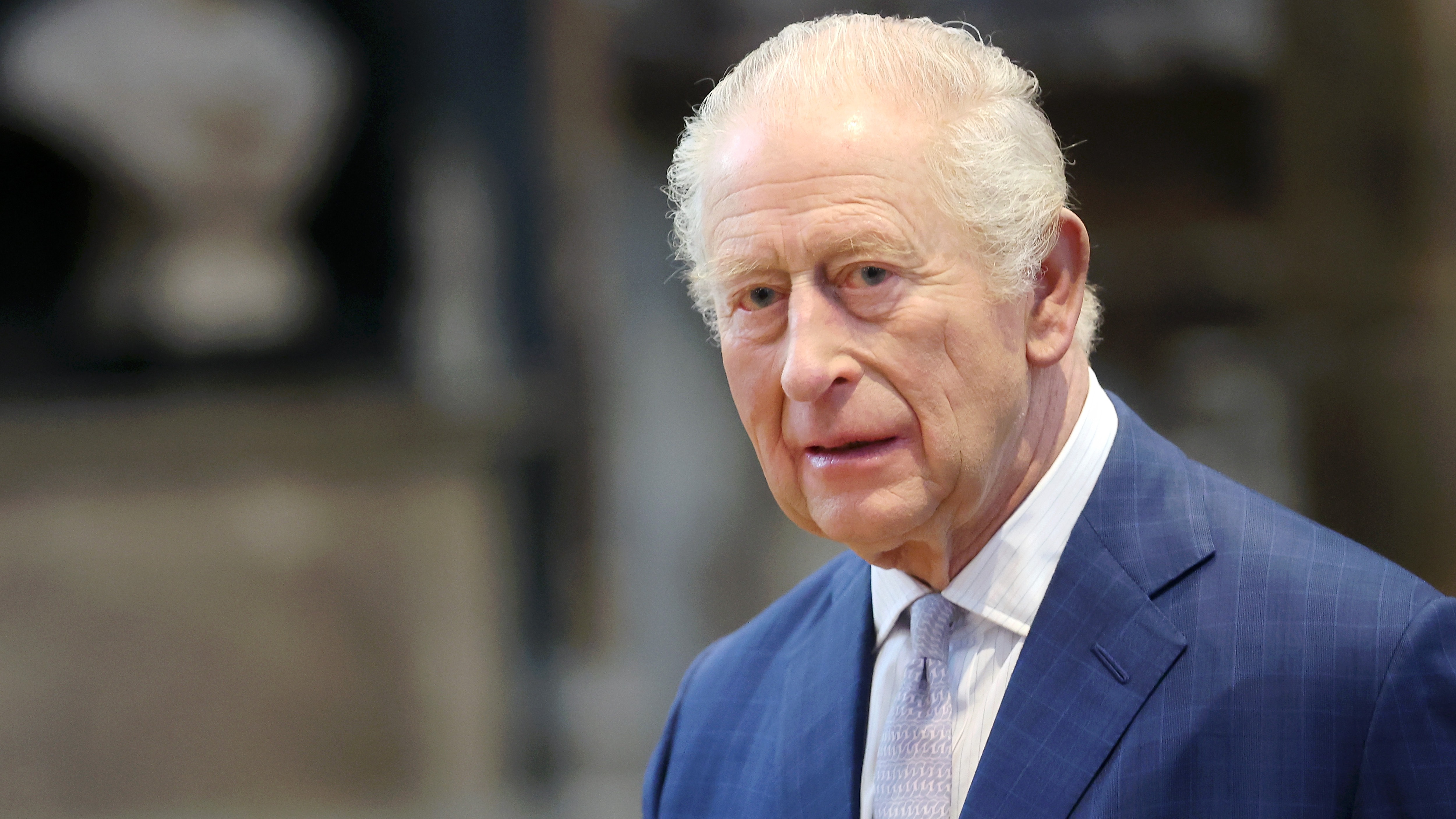New guidance aimed to ensure offshore wind farm developments are designed to coexist with nature has been published to mark National Marine Week.
Measures have been set out in a new report circulated by the Scottish Offshore Wind Energy Council (SOWEC) this week recommending nature inclusive design to enhance biodiversity.
The guidance was produced by the Collaboration for Environmental Mitigation & Nature Inclusive Design (CEMNID) project, a collaboration between offshore wind developers and Scottish regulators.
The document offers a practical framework for the offshore wind sector to deliver projects with minimal impact on the marine environment.
The project is a response to the climate and biodiversity crises facing Scotland’s seas and addresses a key uncertainty faced by the sector as it tries to speed up the consent of schemes.
The report recommends further investigation and trials of the most promising nature-inclusive measures and for developers to consider them at the early design stages of offshore wind projects.
The measures, which all aim to increase opportunities for shelter and settlement of a variety of different species, include “fish hotels”, adaptable rock protection measures and reef-type structures.
Current mitigation measures including adjusting turbine layouts in response to observed bird behaviours are highlighted as examples of best practice for future Scottish projects.
The report also identifies the selection of infrastructure and vessel lighting and cable burial decisions as helping to minimise potential effects on ecological features.
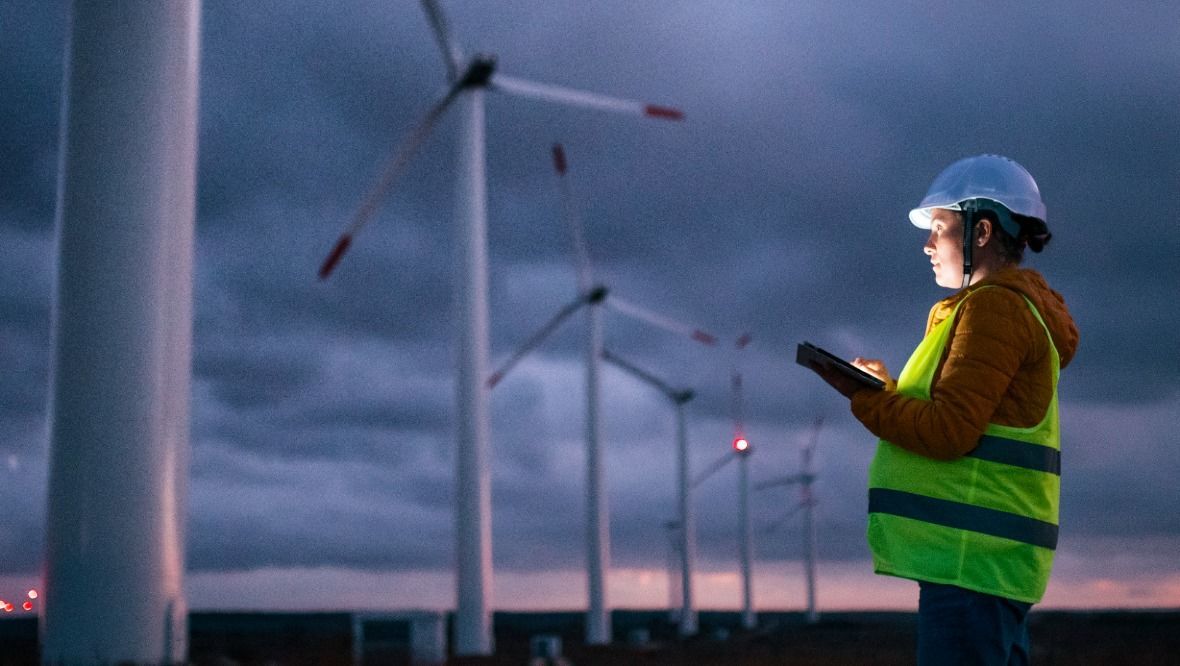 iStock
iStockThe recommendations set out practical tools and next steps for the sustainable development of offshore wind in Scotland.
SOWEC members will be able to draw on this approach to integrate a nature-inclusive design process into offshore wind planning and policy.
Duncan Smart, senior planning and environmental policy manager at ScottishPower Renewables and chair of the CEMNID Project Steering Group, said: “Offshore wind will be the backbone of our clean energy future, but we also have to ensure it works for nature too.
“We’re really excited by the outcomes of this year-long collaborative project which provides practical outputs to support the sustainable development of offshore wind as well as recommendations to steer policy development.
“By working to address key environmental uncertainties which pose a barrier to consenting and deployment, we’re moving closer to delivering a clear planning framework for offshore wind.
“Having such a framework is essential to underpin market confidence and vital for developers to take strategic decisions in a timely manner to unlock supply chain investment and deliver economic growth.
“The strong collaboration fostered through this project has been great to see as it is only by tackling shared challenges together that we will be able to maximise the success of offshore wind deployment.”
Karen Taylor, marine sustainability manager at NatureScot, said: “This project is an extremely valuable tool to help design offshore wind projects in a way that will benefit nature.
“We hope this work, together with the review of good practice mitigation, will support and encourage the offshore wind industry across Scotland to help tackle the climate and the biodiversity emergencies.”
Follow STV News on WhatsApp
Scan the QR code on your mobile device for all the latest news from around the country


